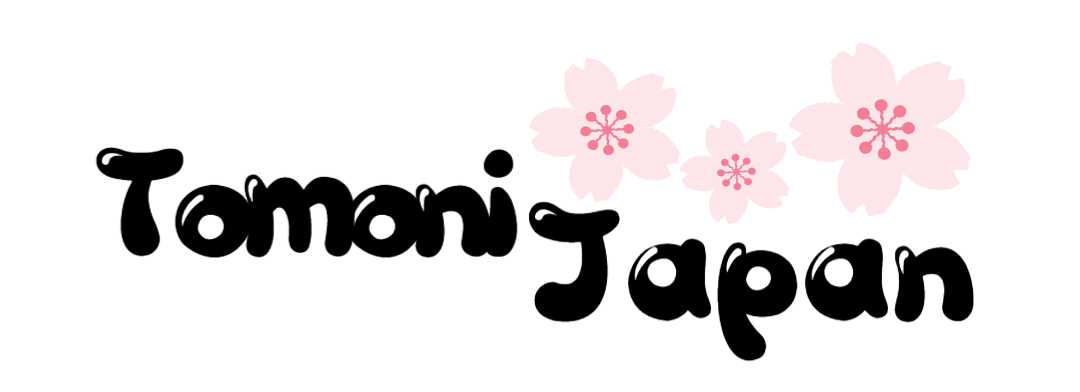In Japanese culture, cherry blossoms hold a significance that transcends mere aesthetics; they have established themselves as an essential motif in art and design throughout the ages. The beauty and transience of cherry blossoms reflect the Japanese sense of beauty, which has deeply influenced the field of design.
Cherry Blossoms in Traditional Design
Heian Period: A Symbol of National Culture
As we entered the Heian period, cherry blossoms began to emerge as a symbol representing the unique culture of Japan. Unlike the previously admired plum blossoms that were introduced from China, native cherry blossoms started to embody the identity of Japan. During this time, cherry blossoms frequently appeared in literature and artwork, becoming a significant part of the Japanese aesthetic consciousness.
Edo Period: The Evolution of Expression
As we progressed to the Edo period, the cherry blossom motif evolved in diverse forms. In this era, cherry blossoms were commonly featured in Ukiyo-e woodblock prints, and their designs were widely used in kimono patterns. Beyond just expressing beauty, cherry blossom designs were often associated with symbols of prosperity and abundance.
Cherry Blossom Design in Modern Times
Meiji Period: Fusion with Western Influences
With the arrival of the Meiji period, Japan was exposed to Western culture, leading to the adoption of new design elements. During this transition, traditional cherry blossom motifs combined with Western design techniques, resulting in new interpretations. For instance, the classical depictions of cherry blossoms in Japanese art began to incorporate Western perspectives.
Contemporary Era: Diverse Interpretations and Applications
In modern Japanese design, cherry blossom motifs are utilized in various ways that bridge both tradition and modernity. In fashion, graphic design, product design, and more, the image of cherry blossoms is creatively reinterpreted. Particularly, in branding and tourism materials within Japan, cherry blossoms continue to serve as a crucial visual element.
The Modern Significance of Cherry Blossom Design
Today, cherry blossom designs have emerged as powerful symbols representing Japan's cultural identity, extending beyond mere beauty. The imagery of cherry blossoms, which symbolizes both the arrival of spring and the transient nature of life, remains a vital source of inspiration in contemporary Japanese design.
Additionally, cherry blossom designs play a significant role in Japan's tourism industry. Every spring, during the cherry blossom season, numerous tourists flock to Japan, leading to an array of cherry blossom-themed products and designs showcased to cater to this influx.
Conclusion
Cherry blossoms represent a unique motif that showcases both change and continuity within the history of Japanese design. With the coexistence of traditional meanings and modern interpretations, cherry blossom designs will continue to evolve as a vital element reflecting the essence of Japanese culture. Discovering cherry blossom designs during a visit to Japan offers an excellent opportunity to appreciate the depth and beauty of Japanese culture.

